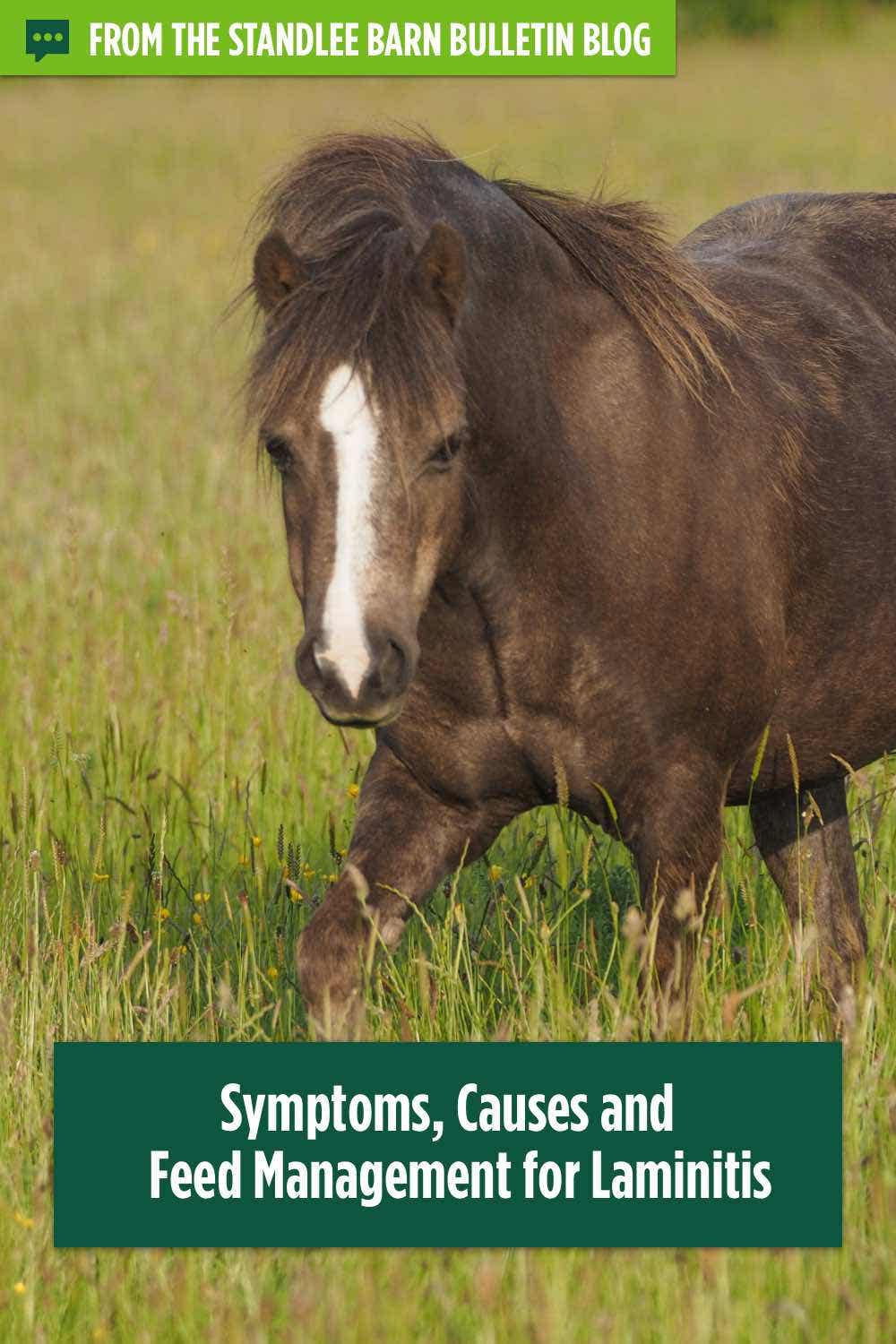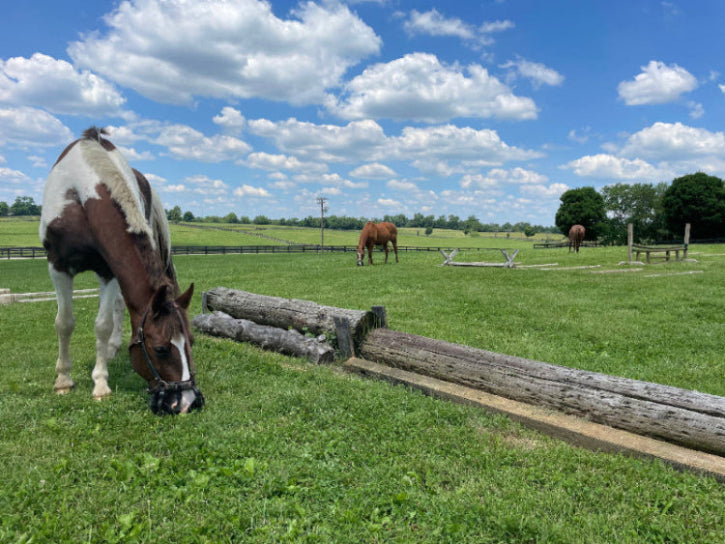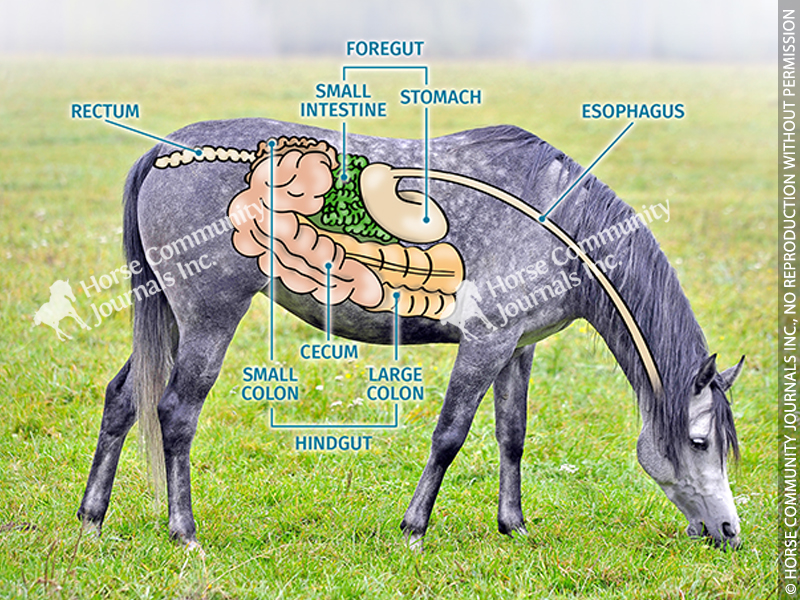Your Guide to Horse Forage and Pasture Management

Managing forage and pasture effectively is crucial for maintaining the health and performance of your horses. This guide covers everything from understanding forage types to best practices in pasture management, ensuring your equine companions receive optimal nutrition year-round.
Understanding Horse Forage

Horse forage primarily consists of grasses and legumes that provide essential nutrients. Forage quality directly impacts horse health, digestion, and energy levels.
Types of Forage
| Forage Type | Description | Nutritional Benefits |
|---|
| Grasses | Common pasture plants like Timothy, Bermuda, and Orchardgrass. | High in fiber, supports digestion.
| Legumes | Includes alfalfa and clover. | Rich in protein and calcium.
| Hay | Dried forage used when fresh pasture is unavailable. | Provides fiber and nutrients during off-season.
Importance of Forage Quality
High-quality forage is free from mold, dust, and weeds. It should be harvested at the right maturity stage to maximize nutrient content.
Pasture Management Best Practices
Proper pasture management ensures sustainable forage production and prevents overgrazing.
Rotational Grazing
Dividing pasture into sections and rotating horses allows forage to recover, promoting healthy regrowth and reducing soil erosion.
Soil Testing and Fertilization
Regular soil tests help determine nutrient deficiencies. Applying appropriate fertilizers improves pasture productivity and forage quality.
Weed Control
Identifying and managing invasive weeds prevents competition with desirable forage species and protects horse health.
Water and Shade
Providing adequate water sources and shaded areas helps maintain horse comfort and encourages grazing.
Seasonal Considerations
Adjust pasture use and forage supplementation based on seasonal growth patterns and weather conditions to maintain consistent nutrition.
Common Challenges and Solutions
- Overgrazing: Leads to soil degradation; prevent by rotational grazing.
- Parasite Management: Regular pasture cleaning and manure removal reduce parasite loads.
- Drought: Supplement with hay and reduce stocking rates.
FAQ
Q: How often should I rotate my pastures?
A: Ideally every 2-3 weeks, depending on forage growth and weather.
Q: Can horses eat all types of forage?
A: Most horses thrive on a mix of grasses and legumes, but some plants can be toxic; always verify forage safety.
Q: How do I know if my pasture needs fertilization?
A: Conduct soil tests annually to check nutrient levels and apply fertilizers accordingly.
By following these guidelines, you can create a thriving pasture environment that supports your horses’ health and well-being throughout the year.
